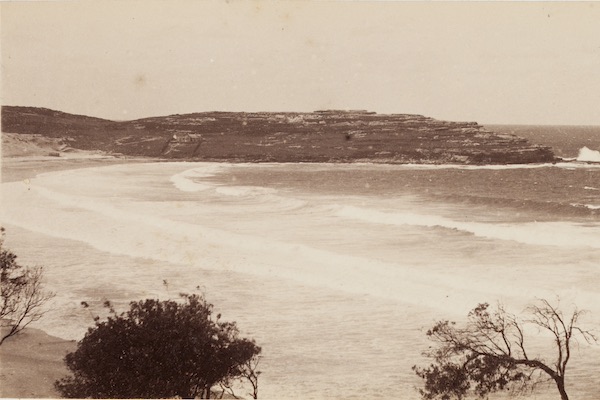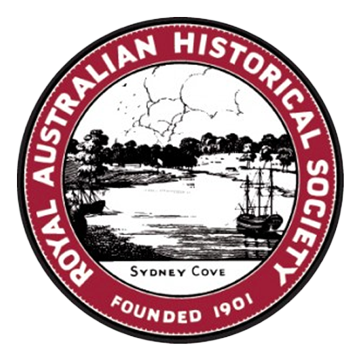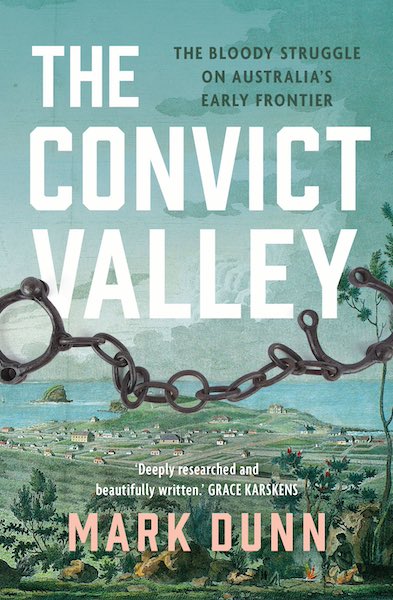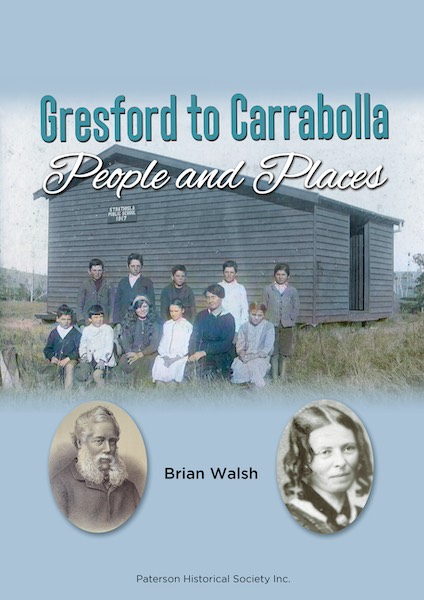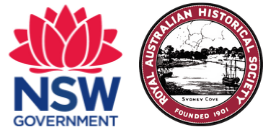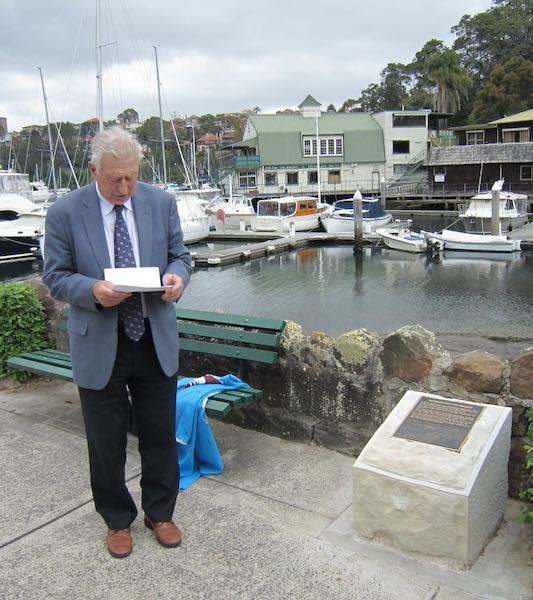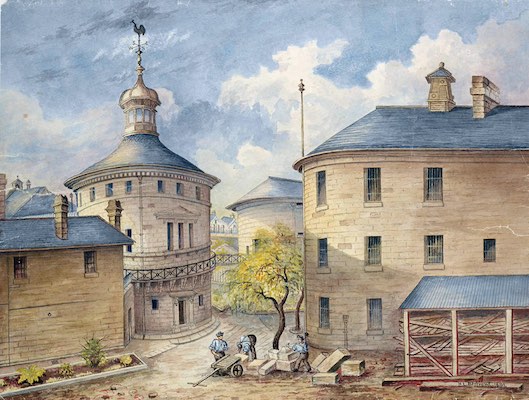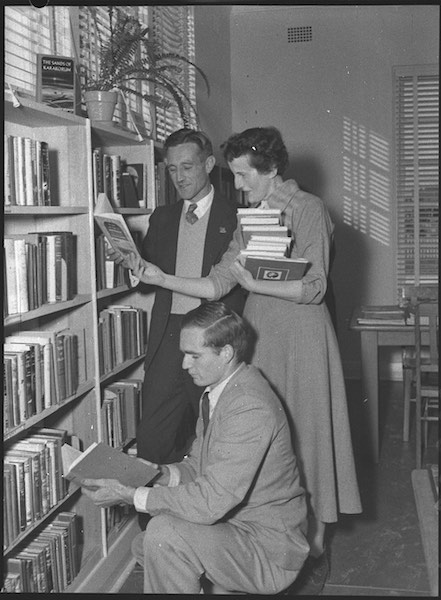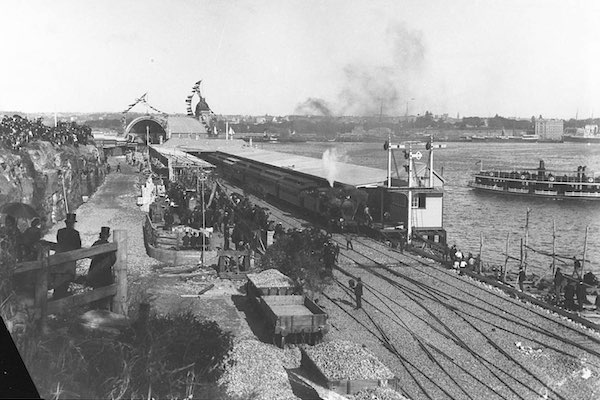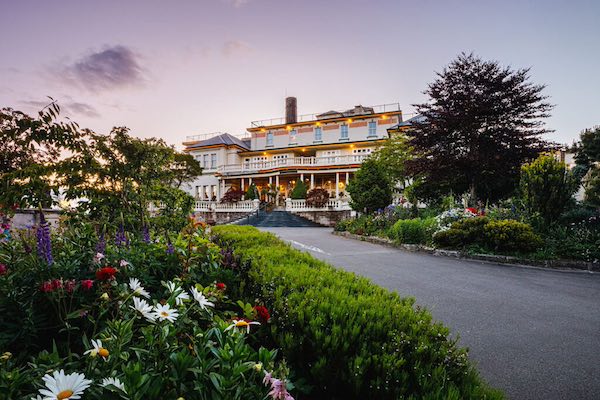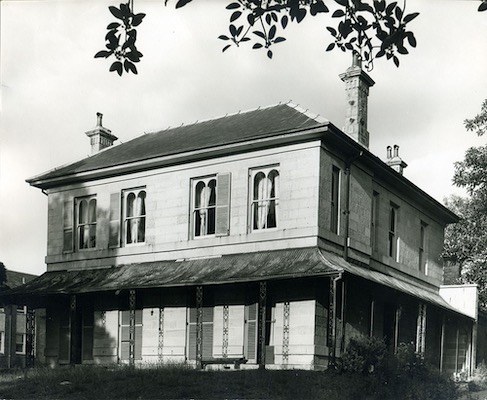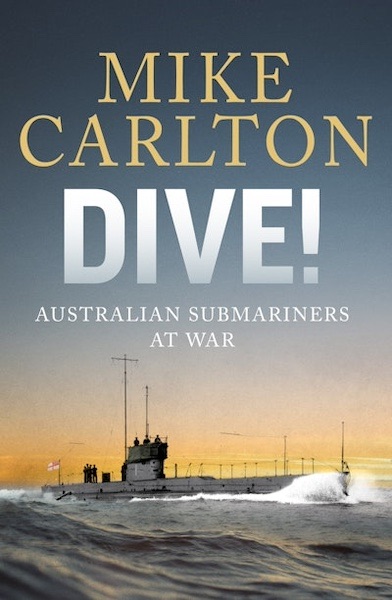Written by Robert Cunneen (Secretary, Dharug and Lower Hawkesbury Historical Society)
Last December, an exciting discovery was made at Wisemans Ferry. It is the foundations of an early colonial building contemporary with Cobham Hall, which still exists on land belonging to Hornsby Shire Council. An early survey dated 1831 shows that it is the site of the courthouse, office and residence of the surveyors (and magistrates) in charge of constructing the Great North Road between 1826 and 1832. Historically and thematically, it belongs to a suite of nearby convict sites, such as Devines’s Hill on the Great North Road, the Convict Stockades immediately above Wisemans Ferry, Finch’s Line and Warner’s Well. These have World Heritage, State and Local Heritage listings, whilst this site has none.
A thicket of lantana weeds 2 to 3 metres high covered the whole site. Earlier this year, Hornsby Shire Council had begun a Bush Care project here, training local volunteers to slowly remove this weed. With the clearing of the lantana, the footings of this old building came to light.
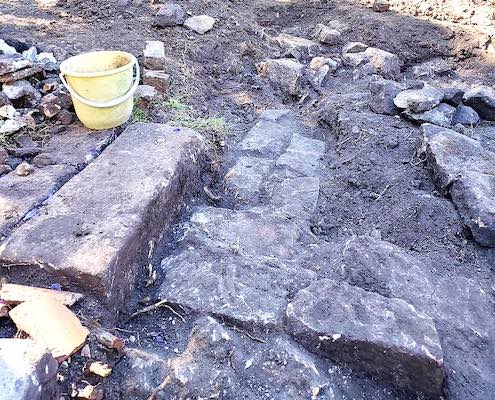
Corner of Old Court House exposed (Photographer: Robert Cunneen)
Finished stone blocks from the walls had been repurposed as footpaths, and you can see some under the bucket. There is old lime mortar still between some of the blocks, with bits of shell visible in the mortar.
Parts from colonial tobacco pipes were also lying close inside the corner.
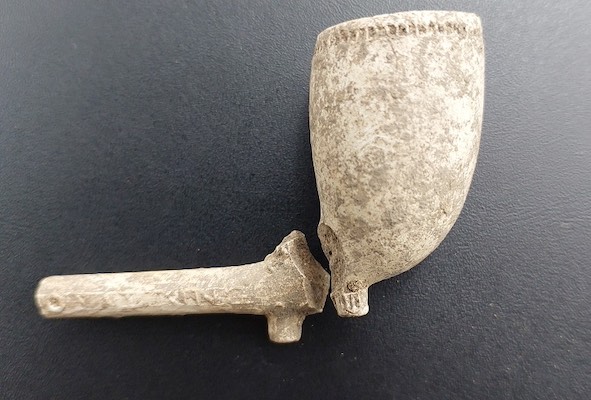
Pipe found on the site (Photographer: Robert Cunneen)
One photo taken in the 1880s is from the same location. The background of hills and river flats places it close to the current Community Centre at Wisemans Ferry. This is of a stone building of some antiquity, labelled ‘Farm, Hawkesbury River, NSW’ (photograph attributed to Henry King).
Although this background is bare of trees, and now the area is thickly forested, King was unmistakably photographing towards Rosevale from just below Singleton Road. It is a photograph of the Old Court House.
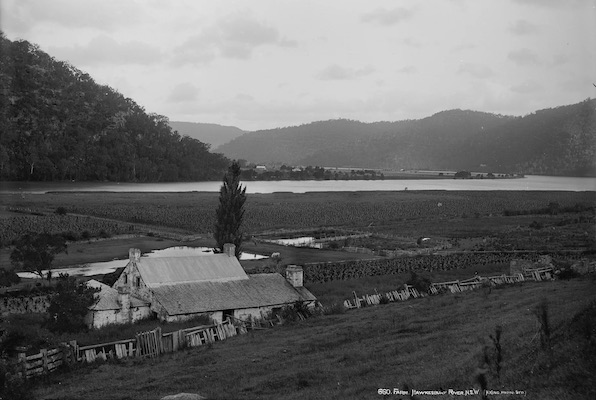
Farm, Hawkesbury River, NSW, c. 1880–1900 (Powerhouse Collection. Gift of Australian Consolidated Press under the Taxation Incentives for the Arts Scheme, 1985. Photograph attributed to Henry King).
Two years of bench records survive from the 1830s, recording the summary justice handed down there.
If you want to know more, come to the Wisemans Ferry Community Hall from 10 am until 12 pm on Saturday, 22 February 2025, where morning tea will be provided. Robert Cunneen will tell us how these remains were found and some of the stories of convicts who were tried there. After this, we will walk over to the Court House site, where Rob will show us the footings he has found and the remains of other nearby historic structures.
Cost: $15 for Dharug and Lower Hawkesbury Historical Society members and $20 for non-members.
RSVP: Bookings are essential for catering purposes. Contact Rob on 0439 265 595 before Wednesday, 19 February 2025.
